The Story of My Tits
by Jennifer Hayden
After trying her hand at fiction writing and children's book illustration, Jennifer Hayden turned to comics in her 40s as a medium for personal expression. When Underwire, her first autobiographical comics collection, was published in 2011, it was hailed as a notable achievement and excerpted in the Best American Comics of 2013. Hayden was lauded as a fresh voice willing to tackle seldom-covered subjects with unabashed enthusiasm, humor and pathos. The Story of My Tits, Hayden's first self-contained graphic novel, is an even more stunning achievement--an emotionally gripping and self-deprecating, yet good-natured tale of cancer survival and a celebration of all things inherently female.
Hayden divides her memoir into 14 chapters, each headlined with titles that allude to how the "tit" will relate to the specific stage of her life: No Tits, Tits in Jersey, Tits al Fresco, Tender Tits, UnTITled. She begins her story in the first couple of chapters as the wistful, "flat as a board" youngster who views her tits as a way to relate to her mother and sister and whose lack of cleavage serves to stir feelings of insecurity and doubt. By the age of 15, Hayden has started to blossom, and with the arrival of those coveted tits comes her sexual awakening and the corresponding issues of body image and physical imperfections. Just as Hayden learns to appreciate her small-breasted existence, she is confronted with the double whammy of her mother's breast cancer and the impending failure of her parents' marriage, along with the stresses of college, post-graduation career choices and intimate relationships. These devastating events and anxieties shake the foundations of her self-identity and become the source of much internal conflict. It is finally through her relationship with her boyfriend's family that Hayden comes to terms with and embraces the possibilities of blended families; this provides her with the courage to resolve her own issues and approach marriage and motherhood with open arms--until the fateful day, at the age of 43, when her mammogram comes back positive and feels like an unforgiving slap in the face. By the time Hayden learns of her diagnosis, the specter of mortality had haunted her for nearly 20 years, starting with her mother's breast cancer diagnosis and mastectomy days after Hayden's college graduation and the death of her beloved, nonsmoking mother-in-law from lung cancer. Confronted with her own mortality, Hayden comes to understand the conflicts her mother faced, the sacrifices that were made to protect family and what it means to love and be loved in the context of disease.
There is a both simplicity and quirkiness to Hayden's black inked drawings that evoke a child-like sense of vulnerability and wonder and focuses the reader's attention on the riveting storyline. The action moves in a slow, graceful arc chronologically and grows more chaotic with the rickety rollercoaster of stressors Hayden faces at each stage of her life, the lines etching and exposing the raw emotional tapestry of her very being. Hayden doesn’t approach her art as a rough then final draft, subject to endless do-overs in order to achieve perfection; the drawings may not be tidy, but what the reader sees is what Hayden remembers as that snapshot in time, and life is rarely a picture-perfect moment.
Hayden's coverage of the universal themes of suffering and survival, and fear, become as valid for men as they are for women. The men in Hayden's world--her father, husband, brother and friends--are multi-dimensional characters who have their flaws, but who also provide much-needed balance and support for the women in their lives. The mundane details of everyday living move front and center, fodder for Hayden to mine as she pokes fun at herself and those around her, even as mortality threatens to derail a life force cultivated through hard-earned wisdom. For Hayden, breasts are a metaphorical canvas on which to paint an honest and real story of modern womanhood, as she explores her life outside of cancer, and her own maturation during her journey from flat-chested adolescence to busty adulthood, ending with middle age and the loss of the body part that had a history of its own and told so many stories during its lifetime.
By doing what comic book writer Lynda Barry terms "writing the unthinkable," Hayden pulls readers into her own brave, sometimes neurotic, journey as she navigates the difficult twists and hormonal turns of motherhood and cancer. In doing so, The Story of My Tits offers a story of hope and new beginnings, of life after figurative death, and triumph over adversity. This is a landmark work deserving a place in the pantheon of comics artists who have elevated the field to new heights. --Nancy Powell



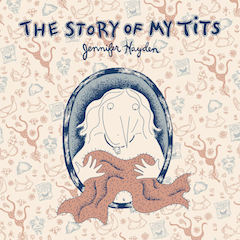
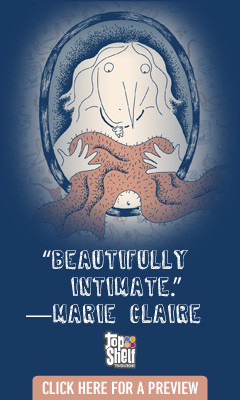

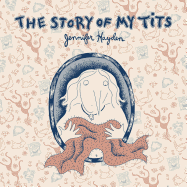

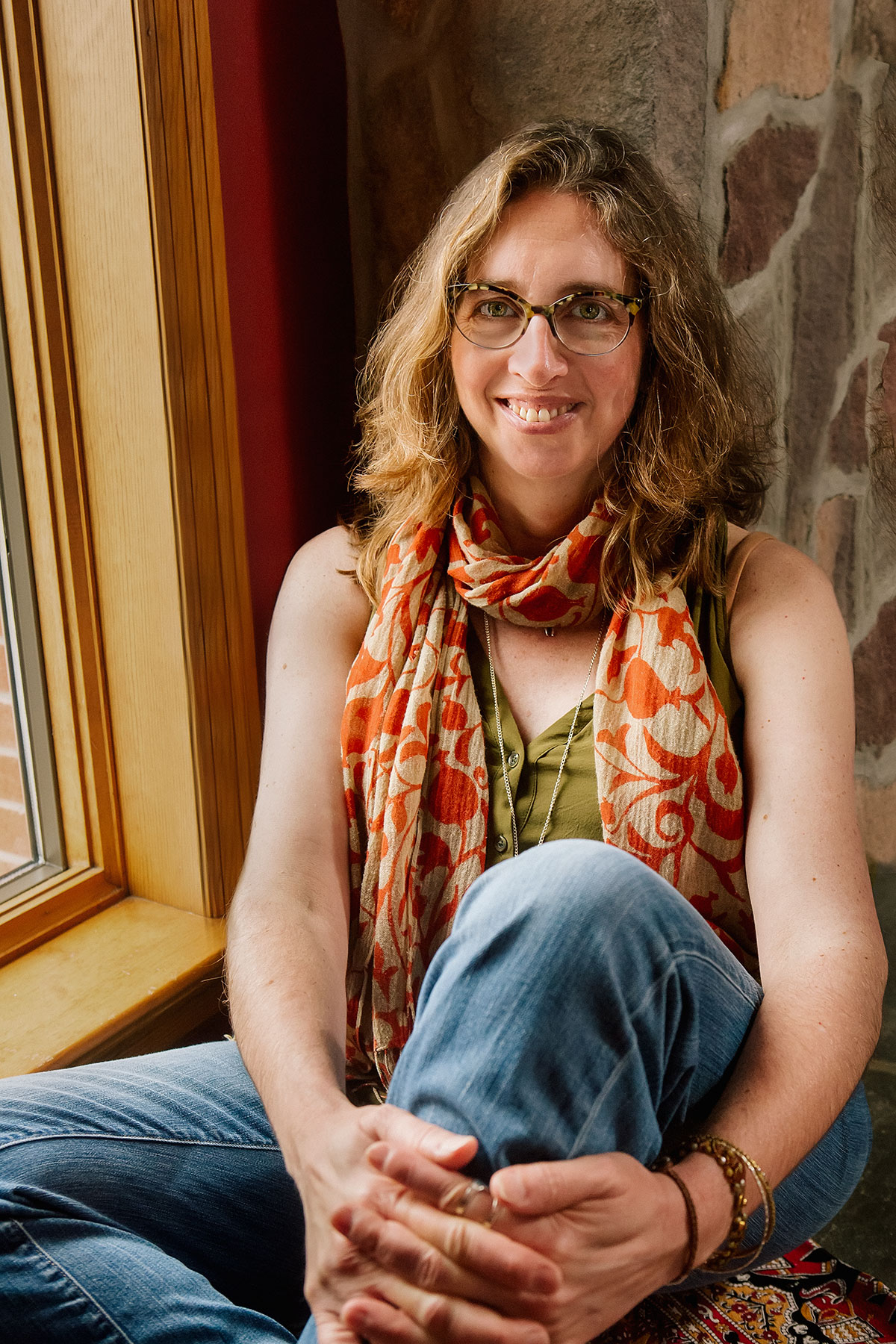
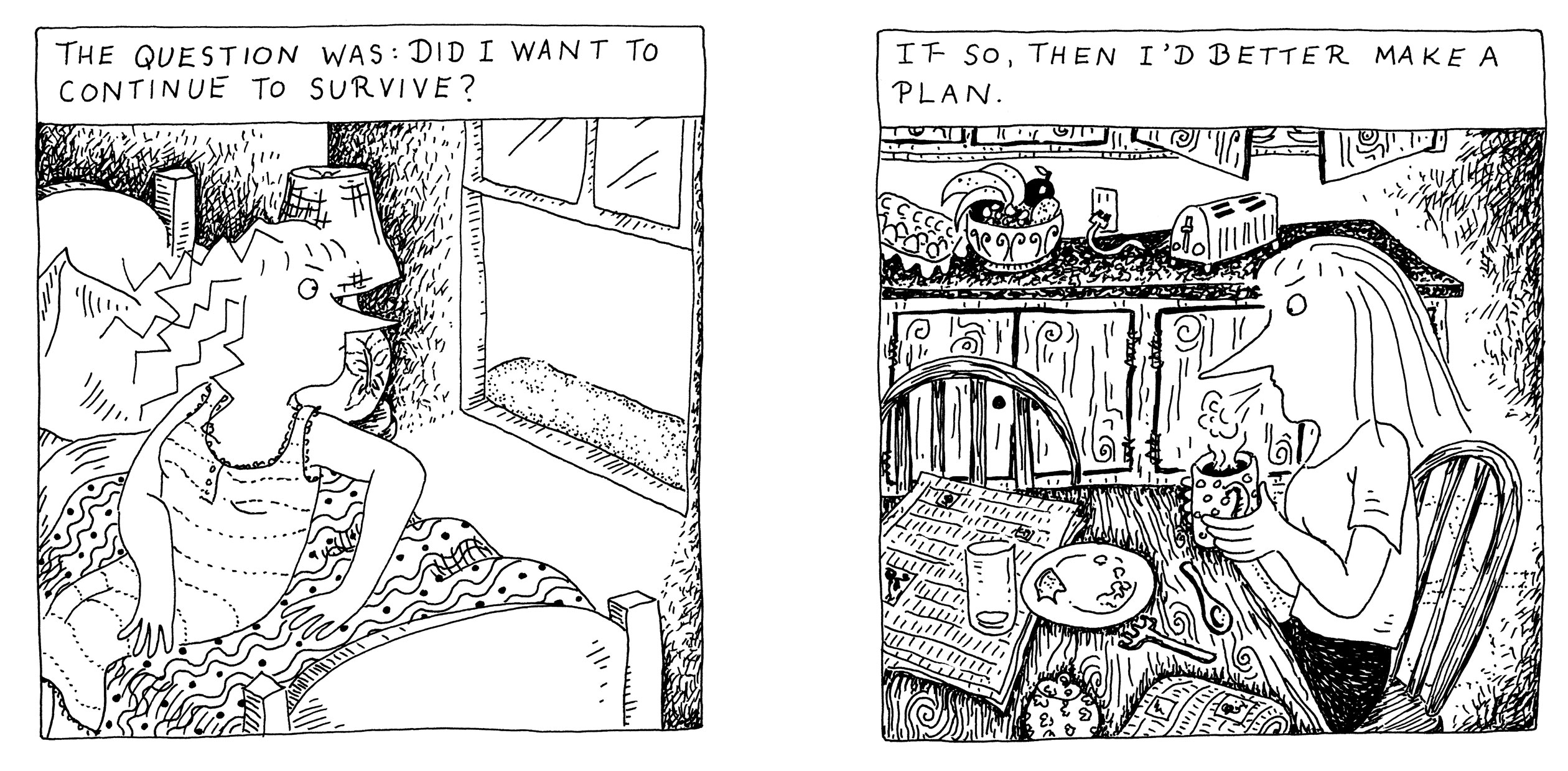 Your story could stand alone as a memoir, but the pictures add a layer of emotional poignancy to the narrative. Why did you choose sequential art as the medium for describing your journey?
Your story could stand alone as a memoir, but the pictures add a layer of emotional poignancy to the narrative. Why did you choose sequential art as the medium for describing your journey? 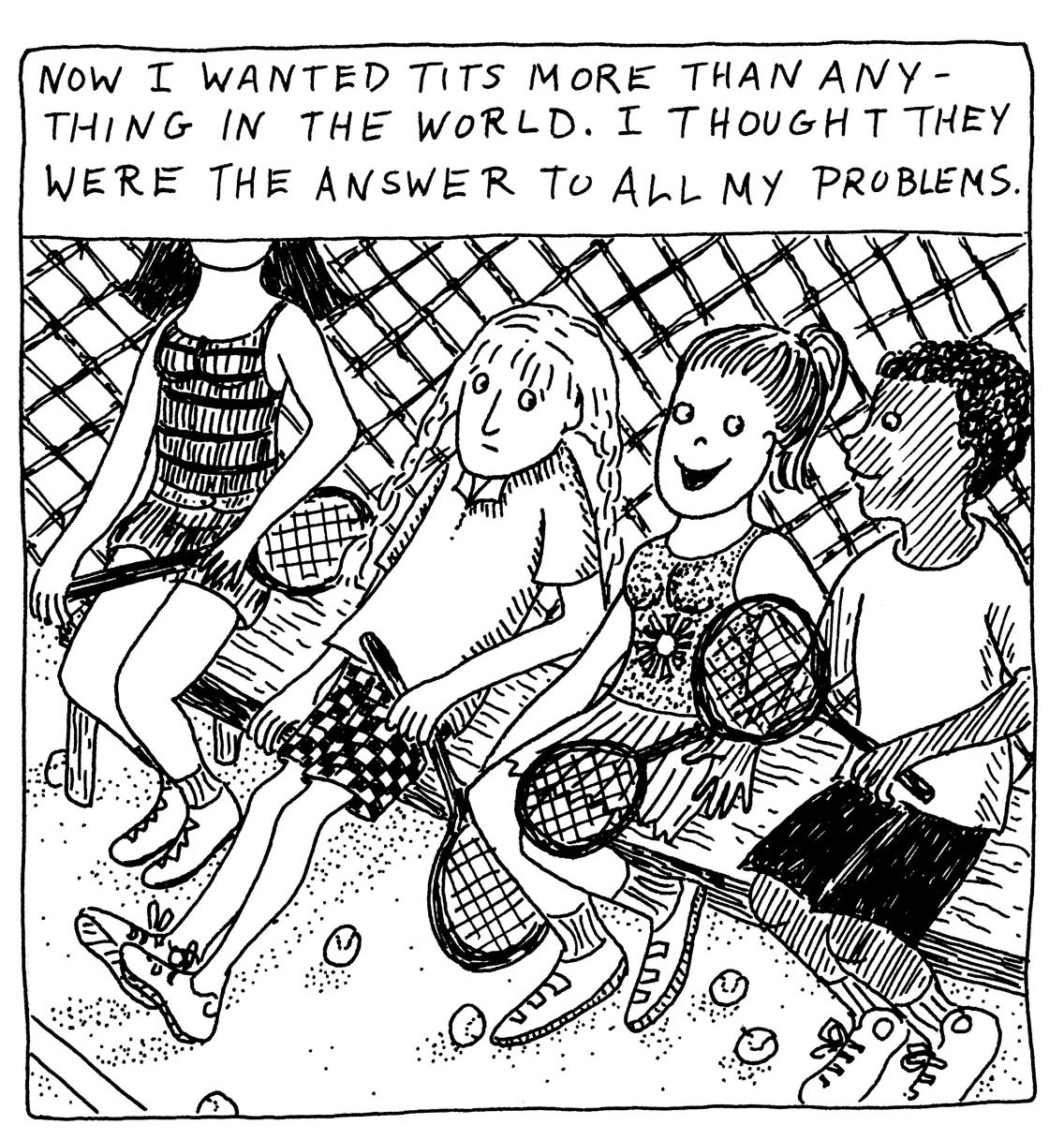 This book is really a tale of two "tits": the "tit" mirroring the evolution of your personal growth from youth to adulthood, and then the underlying role that "tit" plays in your mother's and your own cancer diagnosis. What prompted you to juxtapose these two images in this way?
This book is really a tale of two "tits": the "tit" mirroring the evolution of your personal growth from youth to adulthood, and then the underlying role that "tit" plays in your mother's and your own cancer diagnosis. What prompted you to juxtapose these two images in this way? 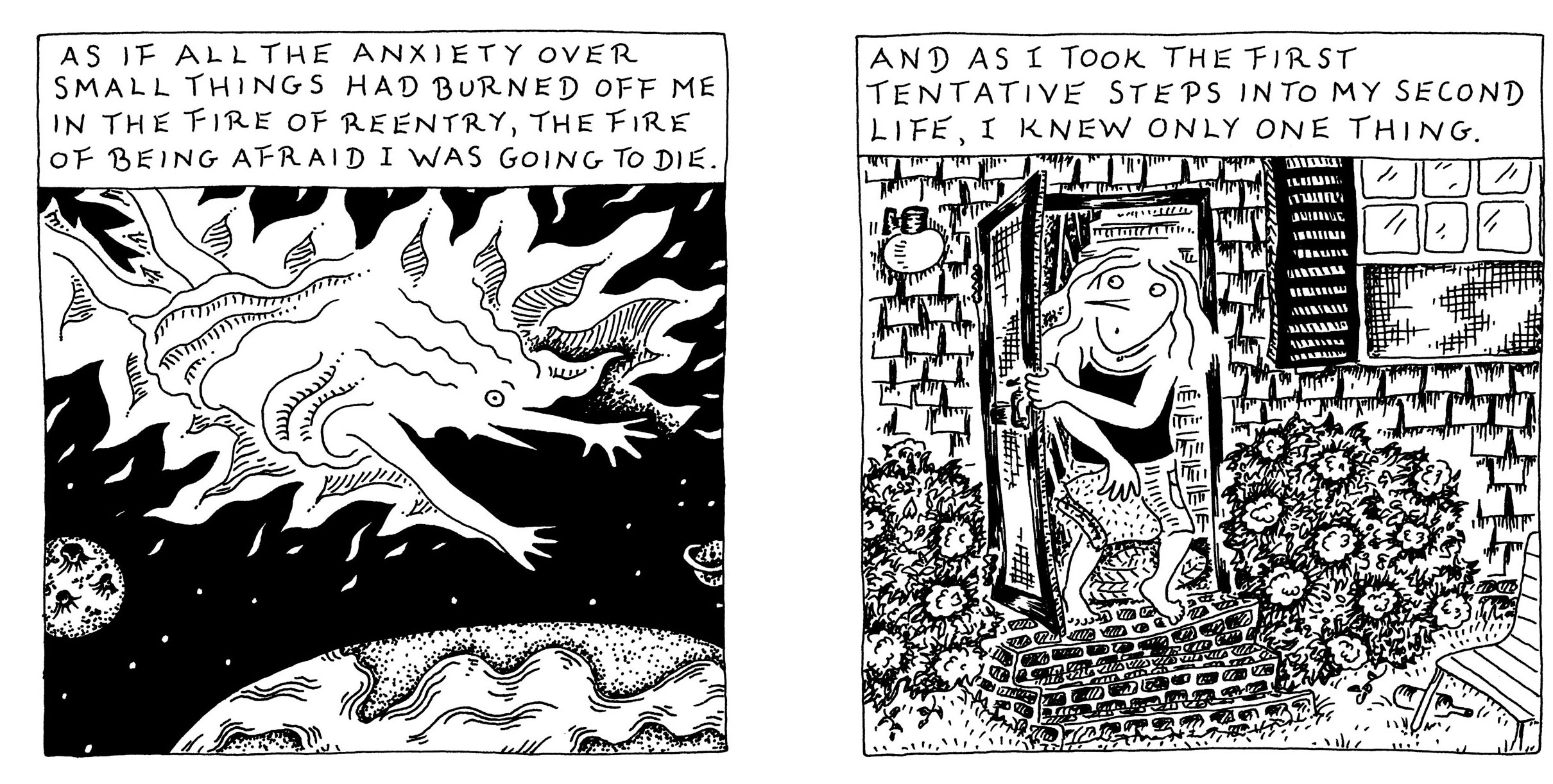 The quote "When we give our energy to others, it must be a conscious act... we give what is right for balance" encapsulates the dilemmas women face in meeting the demands of family and career. How long did it take for you to be conscious of this need for balance? And what steps have you taken to achieve it?
The quote "When we give our energy to others, it must be a conscious act... we give what is right for balance" encapsulates the dilemmas women face in meeting the demands of family and career. How long did it take for you to be conscious of this need for balance? And what steps have you taken to achieve it?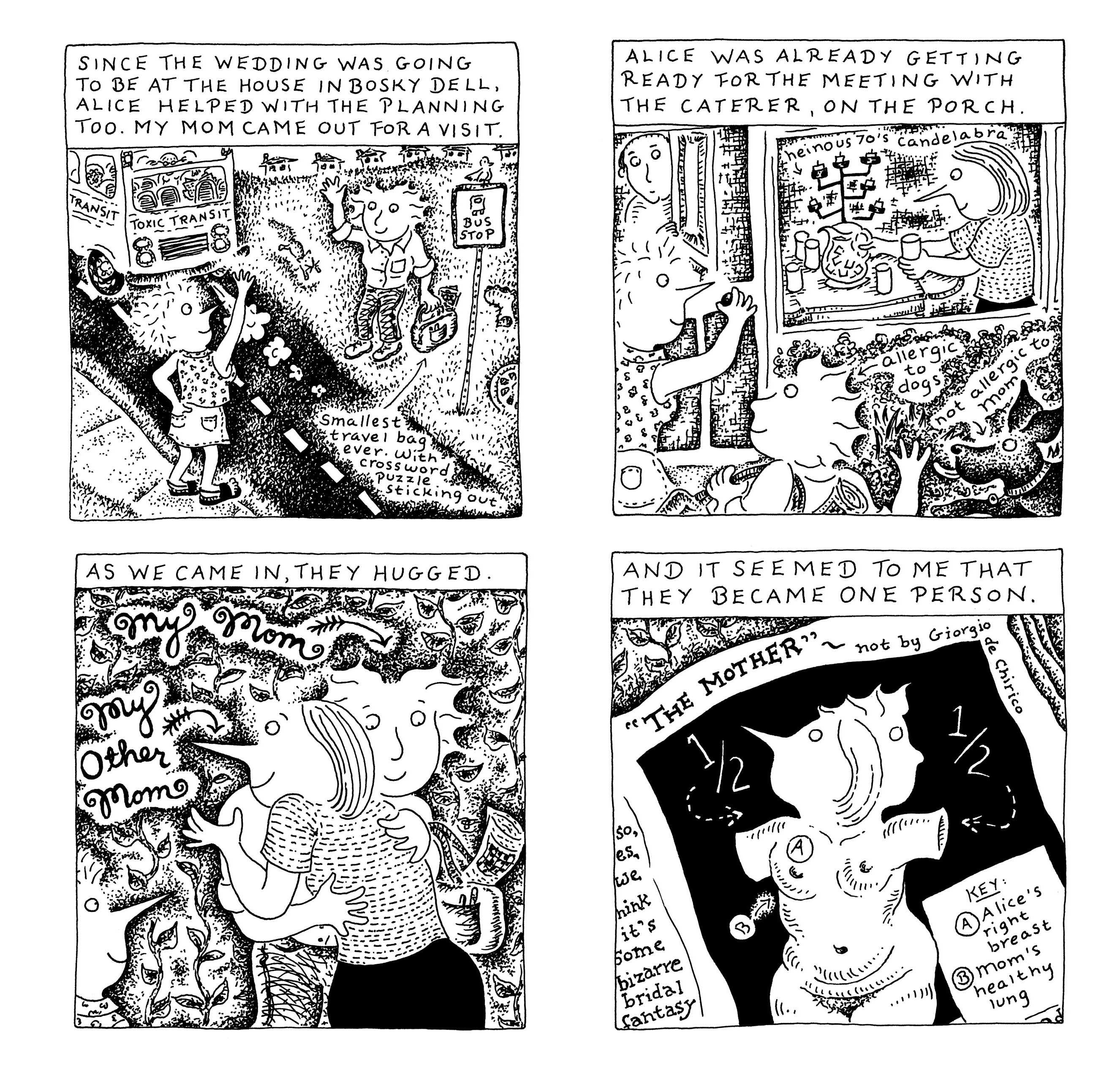 How difficult was it for you to embrace the different stages of your body through youth, motherhood and middle age and then express this emotional journey graphically? What advice would you give to your own daughter?
How difficult was it for you to embrace the different stages of your body through youth, motherhood and middle age and then express this emotional journey graphically? What advice would you give to your own daughter?